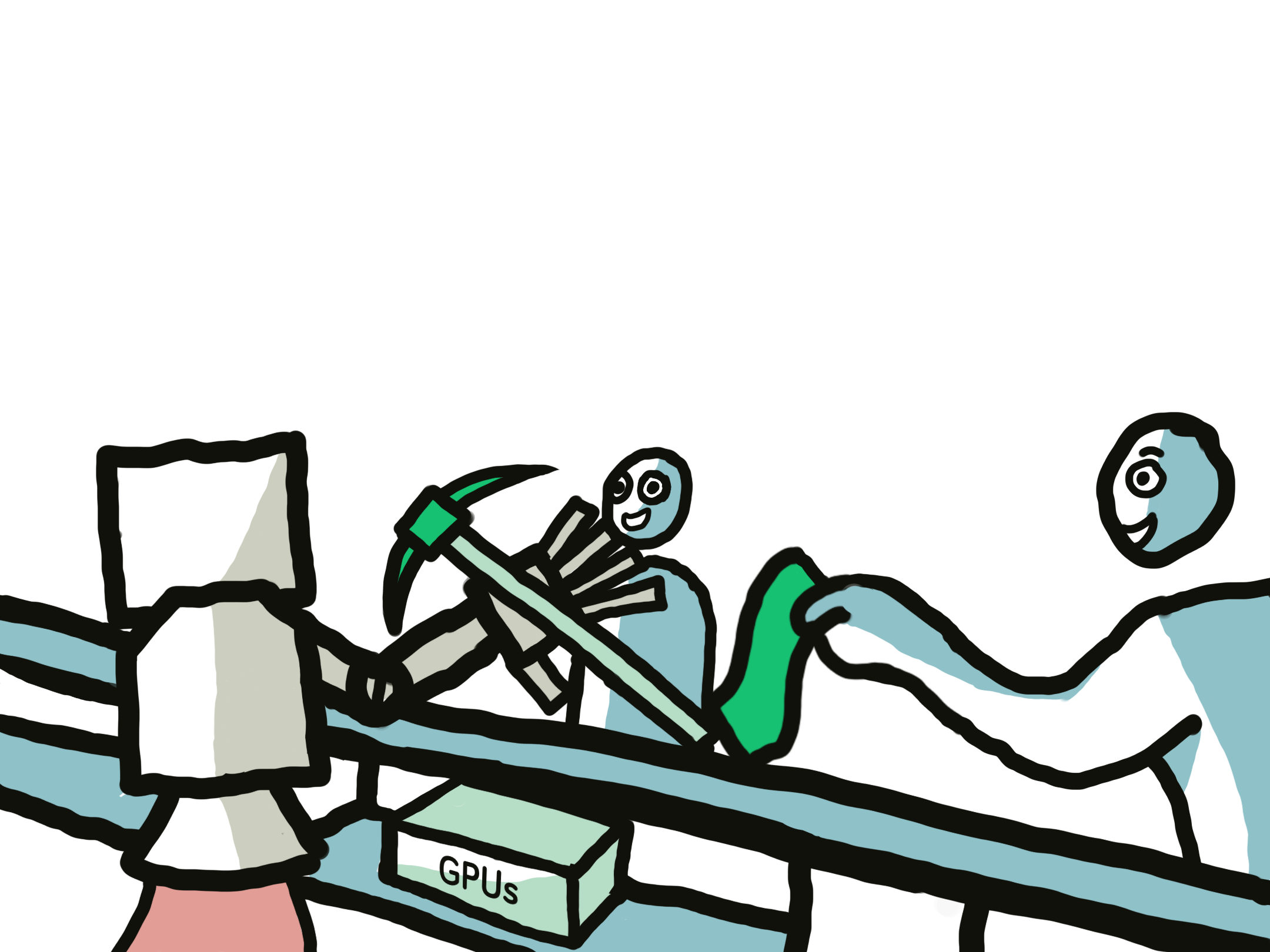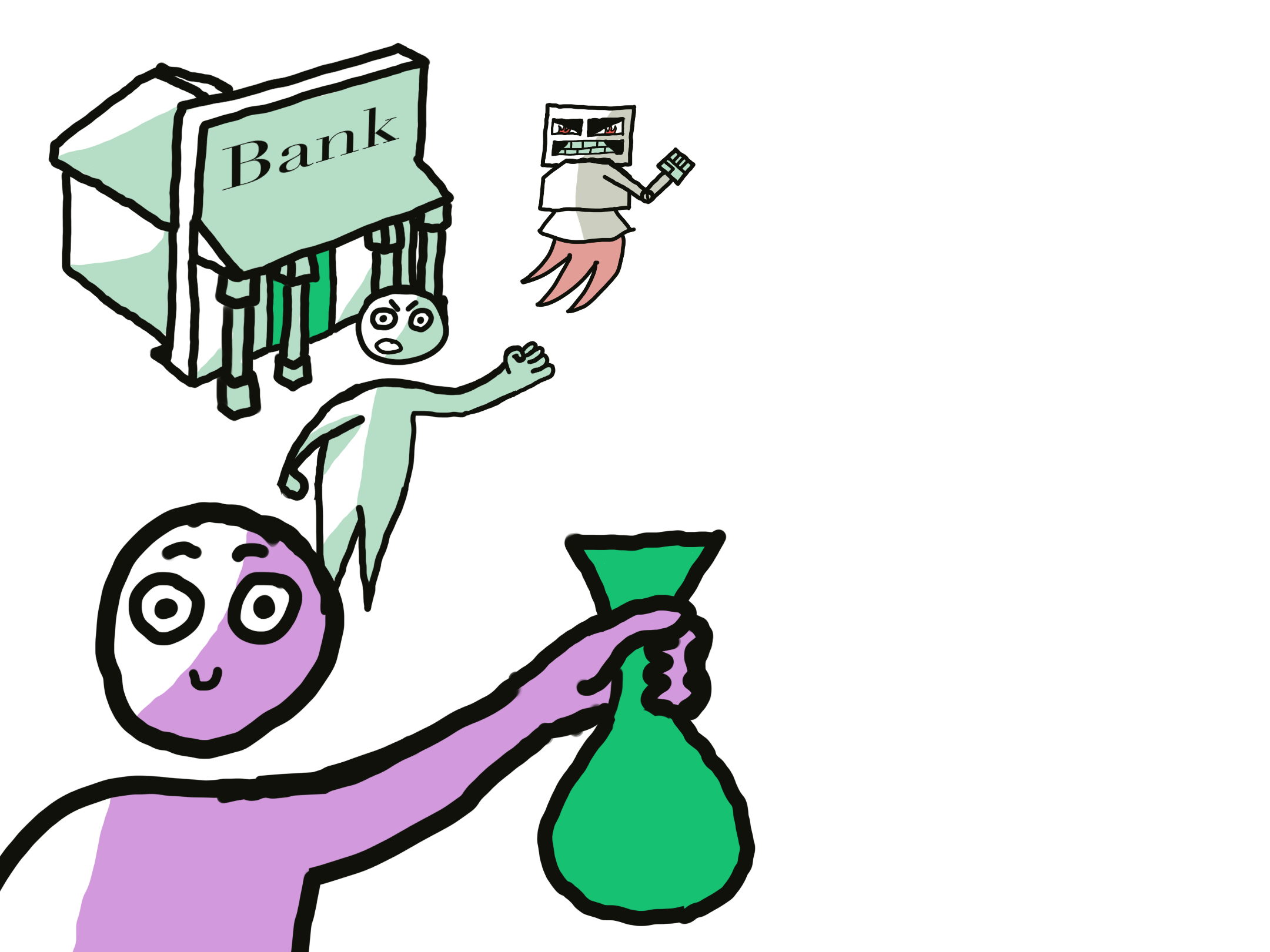2022-05-26
Of Snake Oil And Wash Trades
Today's Crypto World is a Wild West.

Its outlook of riches attracts many.

Some find their fortune here

and others find less favorable fate.

It's a playground for the ill-intended.

and the law is struggling to keep up.
It's a vast new world with much land to claim.
You will stumble across many opportunities.
The question is which to trust.
Those who embark on a Crypto-Journey
should know about the lurking dangers here.
Cautionary tales illustrate the Dangers of the Wild Crypto-West with its most controversial contender standing out...
I'd like to talk about Image NFTs.
They became synonymous with NFT at large.
However, NFTs can manage anything. Right now, images simply are the biggest NFT market.
That market, however, has shrunken significantly since its peak.
This comes as no surprise to many. You can build a strong case against image NFTs as investment assets:
Image ownership is a legally solved problem.
Your image NFT can't do more than a plain image.
On the other hand, (non-NFT) images are a freely available online. These pictures from Unsplash can be used for anything for free.
And yet, new NFTs go to the moon day in and out. You can make a simple case for the sky-high high prices:
Art is subjective.
What makes NFT less worthy than canvas or cave-wall?
Of course, there is more to this. NFT markets can be manipulated like any other.
Let me share a tried-and-tested market manipulation strategy that works very well for NFTs.
This is the Anatomy of a Wash Trade
You will need conspirators and a target NFT you already own.
If you don't have enough friends, you can use automation as well.
Together, you'll target NFT auctions.
When the auction starts, you might get a legit offer. But that's lowballing. You wanna make Money here.
Your friends bid high and drive up the price. It doesn't matter if no one else joins the frenzy.
Rinse and repeat to bump up the price tag.
The auction house makes commission, your cost of doing business.
To the public it looks like an impressive price tag but you know the trick:
The assets move a lot, but it all stays in your cartel.
Public interest in the NFT increases with price. Now it's a matter of time...
...until an outsider bites.
Unlike your wash trades, this one gets you fresh money
and moves out the NFT. Not that you ever cared much about that.
The buyer will be as happy as any art buyer.
The big price tag serves its psychological purpose.
But what if the owner wants to cash out?
Come auction time, the now lack of cartel demand affects the bids.
The former owner sits on the loss. By now, you are long out of the picture.
If this makes you weary of investing in image NFTs, I think that's wise. They make a dangerous asset class.
I think this is not an NFT problem.
We can find bad investments throughout history.
This is a speculation problem. Image NFTs just make an easy target for human tendency.
When it's not about chasing moon-high returns, Image NFTs are collectibles like baseball cards.
There's nothing wrong with engaging your inner collector.
And knowing the tricks of the outlaws keeps you and your wallet one step ahead.
If you choose to seek your fortune out there, I wish you the best of luck in the Wild Crypto-West.
If you'd like a refresher on the basics, I have written about the Blockchain before.